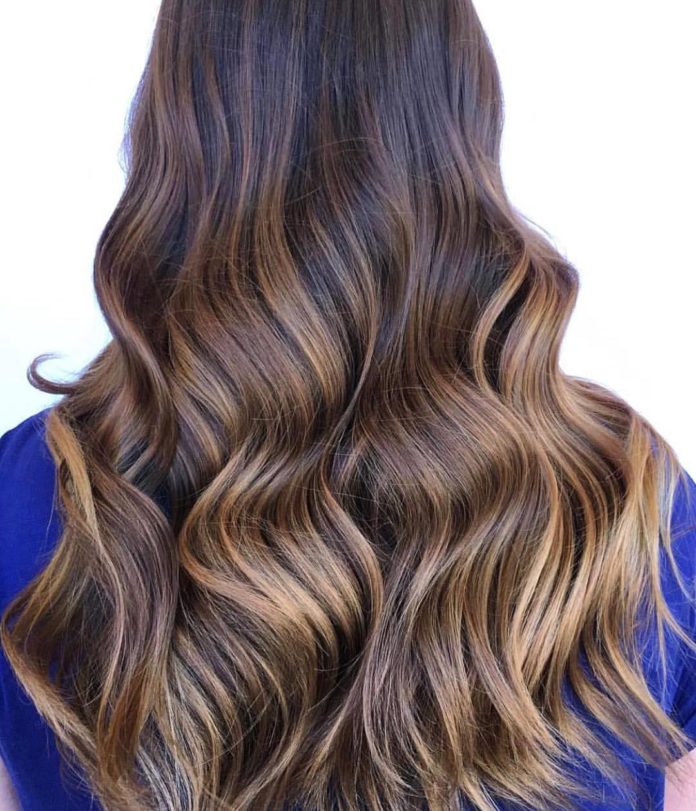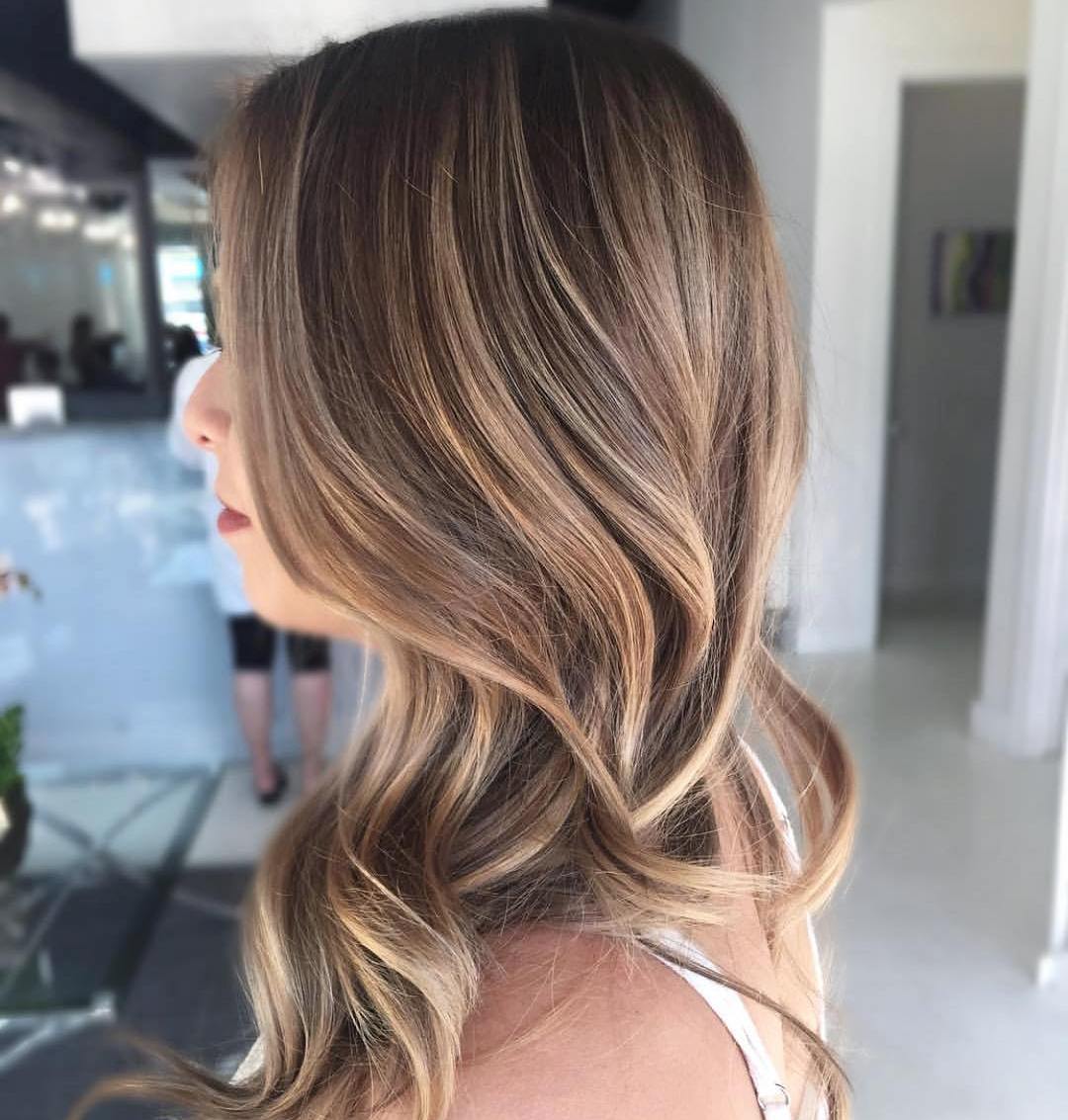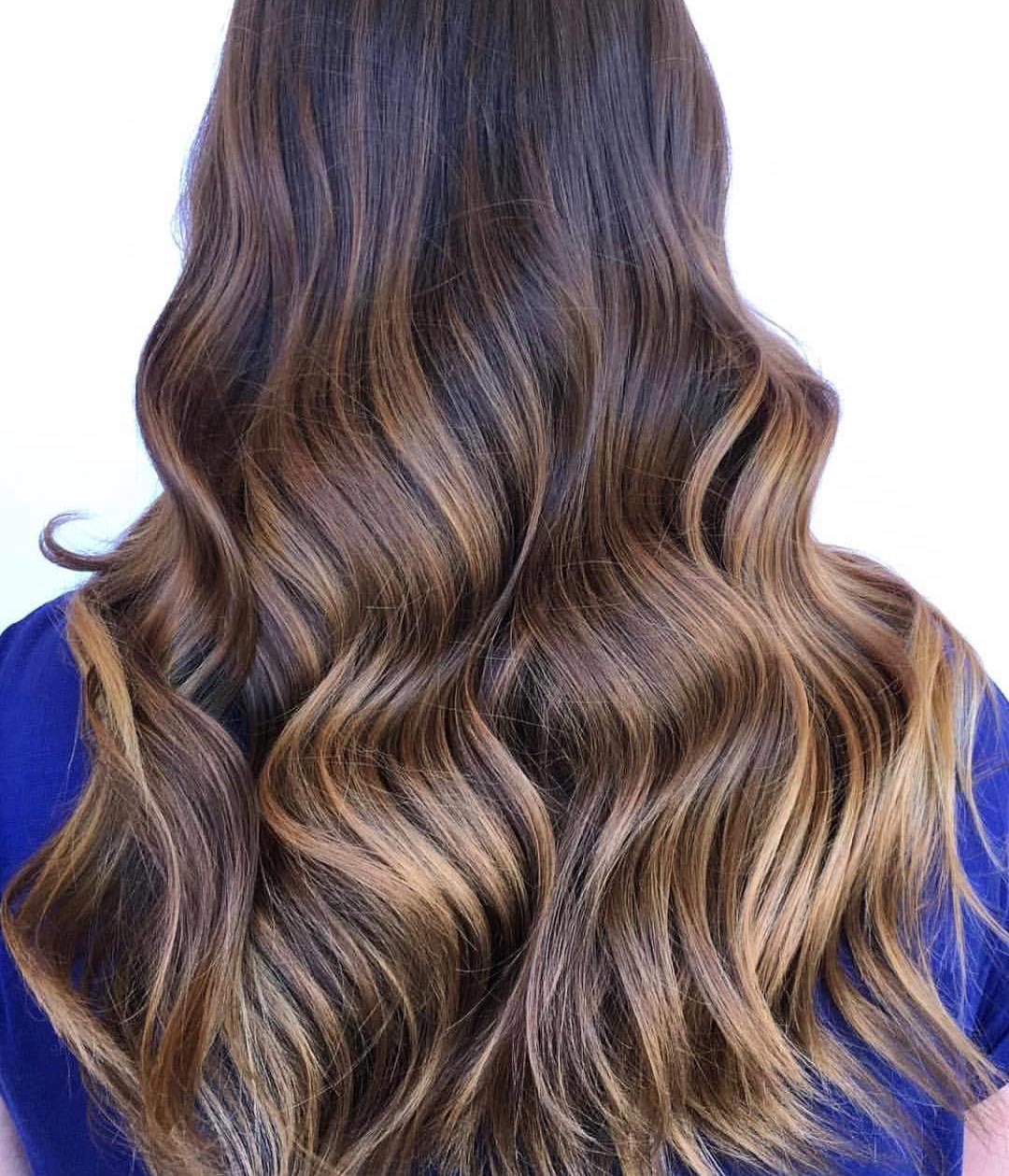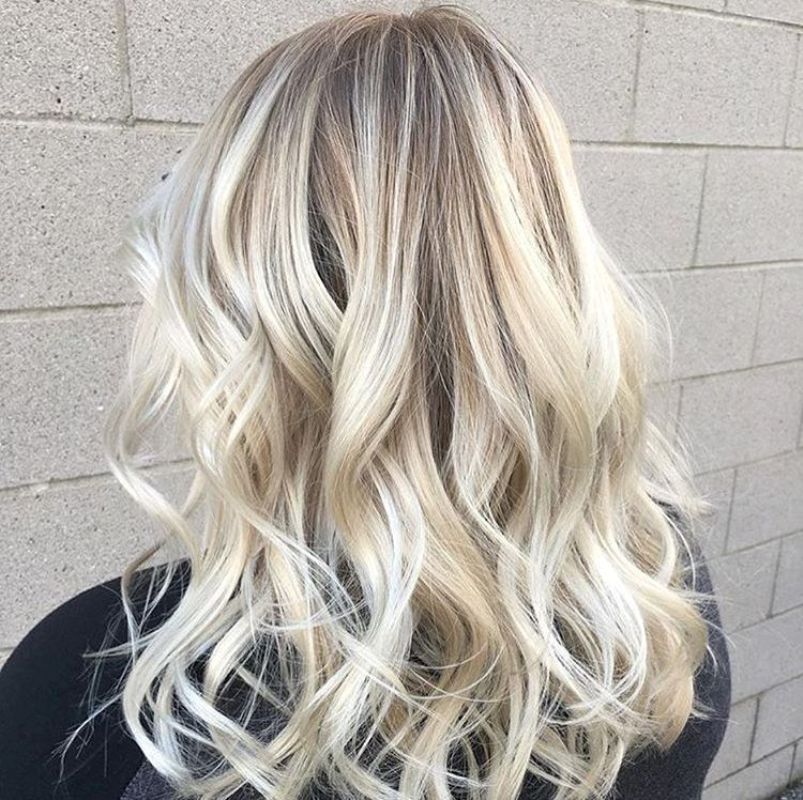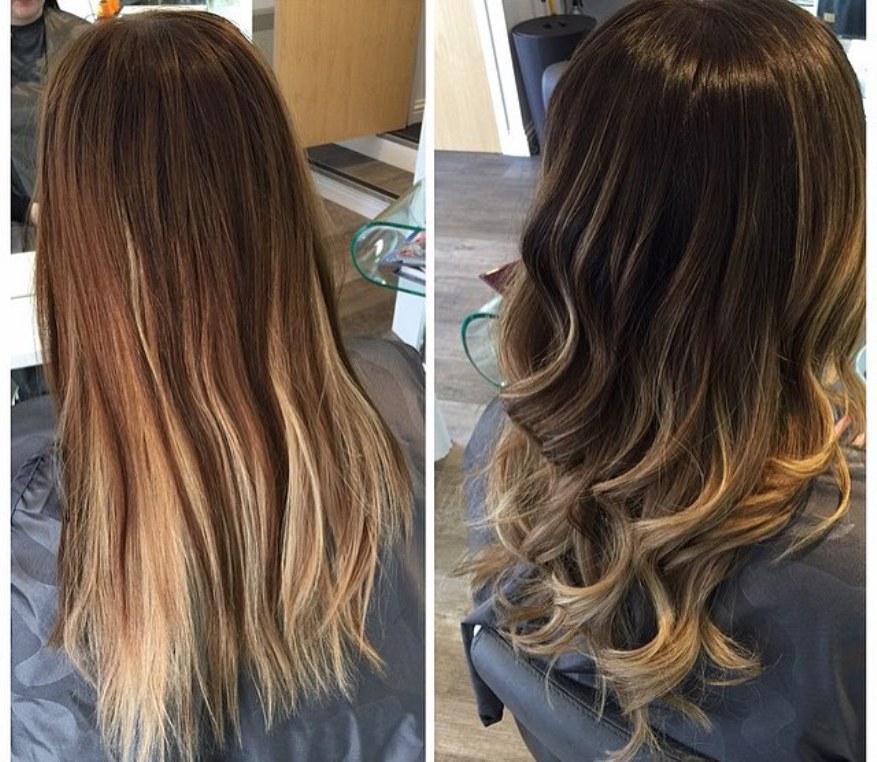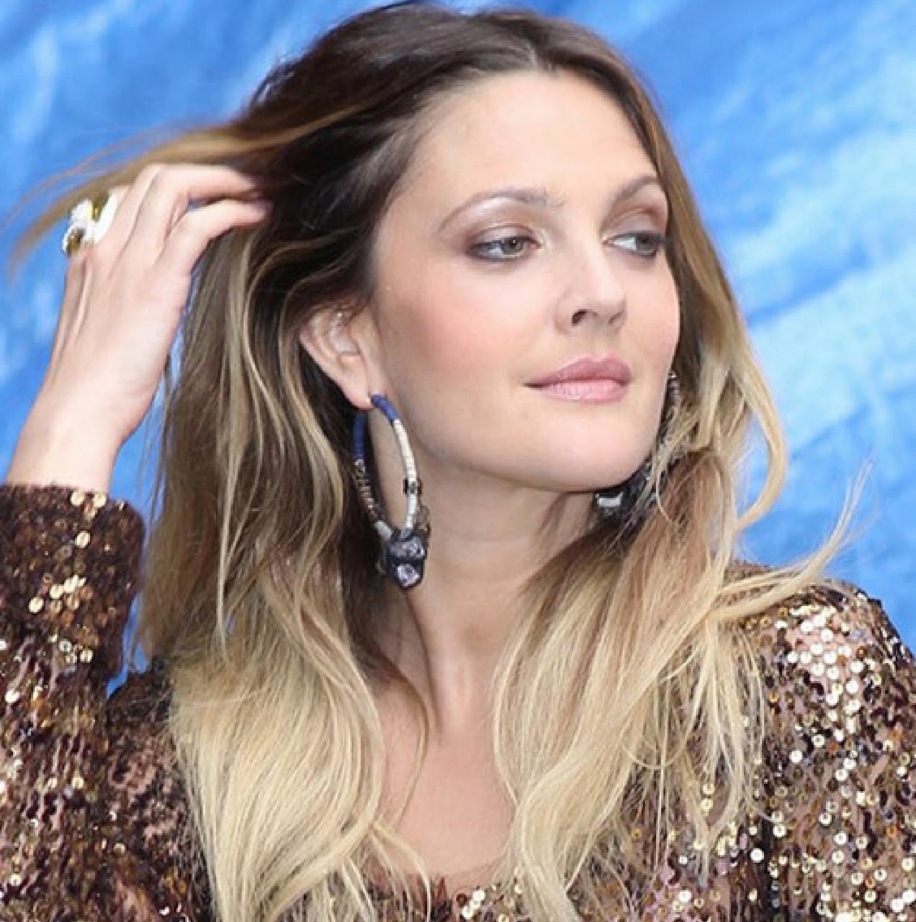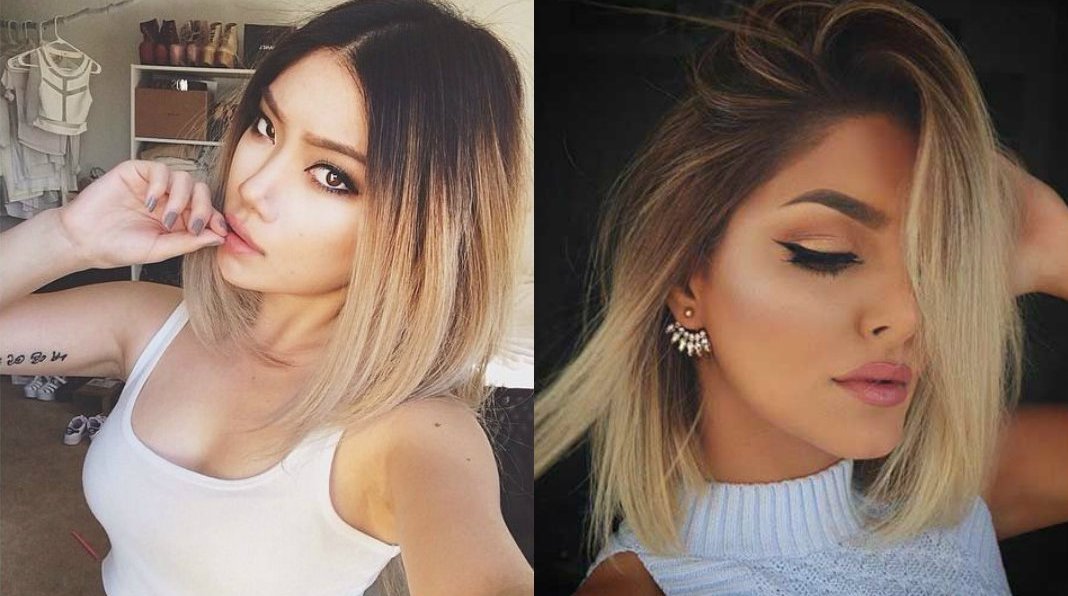Gradient hair has been slowly gaining popularity among women and men alike and as of now, it is an integral part of hairstyling. Plain colors are no longer as appealing as they used to be, with even the blondest of hairs looking pale in comparison to the simplest balayage or ombre dye job. While the two techniques are equally popular, it is almost impossible to distinguish between them most of the time which is why we comparing Balayage vs Ombre to show you the key difference between the two.
Balayage vs Ombre
Before we highlight the differences between balayage and ombre (or as it is known these days, sombre) let’s take a look at what makes the dyeing styles so similar. Their most notable resemblance is that they are both slow-fade dyeing techniques that employ a gradual color transition rather than sharply contrasting color changes. Smoother color transitions help to keep your hair looking natural, no matter what color you dye it with. Both techniques are also incredibly low-maintenance and can go for weeks without requiring any touch-ups.
What Is Balayage Hair?
Balayage is a word derived from French that means “to sweep”, which in essence describes the shape of the final result of a balayage dye job. The technique is executed freehand by hand painting sections of hair against a backing board before covering them up with cellophane to prevent the colors from bleeding out into different sections of hair. Originally, foil was used to cover the painted strands of hair.
Balayage results in a smooth, symmetrical, thicker and more random color infusion that really plays up the naturalness of your hair. Here is an example of what a finished balayage hairstyle looks like.
The perfectly balanced color combination results in the popular sunkissed look that makes hair look naturally radiant. The graduated lightening of sectioned
Strands of hair also help to achieve a more dimensioned color infusion and to give the body of the hair more depth while enhancing its volume.
Balayage is a lot easier to execute on blonde hairstyles since adding darker roots is an easier task than streaking blonde color through the hair. As such, the dyeing technique is not every hairstylist’s cup of tea.
The beauty of balayage is that whether you opt for crisp or muted shades, the result is almost always exquisite and natural. The soft touches of color in the first example dramatically enhance the radiance of the dark hair while the bolder accents in the second example give the hair a stormy finish with a deeper, more naturally radiant body.
See Also: 13 Short Weave Hairstyles Currently Trending Right Now
What Is Ombre Hair?
Compared to balayage, ombre offers a much starker contrast between the lighter and the darker sections of hair. Traditionally, it entails darker roots and lighter ends joined together using a smooth gradient, although not as smooth as that of balayage hairstyles. While ombre does not necessarily involve the random color placement that is common with balayage hairstyle, it is still a lot more nuanced and natural than techniques such as dip-dye.
With ombre, the roots are almost always dark, the lighter sections start out high and the lower sections often feature a few dark streaks that help soften the transition and instill more depth to the look. Here is an example.
If you look keenly, you will notice that unlike balayage, the color is restricted to the lower sections of hair and that thick streaks of dark color have been allowed to run through it. This is the best way to rock a two-toned color mainly because of the wonderful way it helps to balance the merging of the two colors and bring out the best aspects of the hair. Ombre can also be very useful in highlighting sculpted curls or generally adding some character to a plain hairstyle.
Another distinguishing aspect of ombre hairstyles as you can see from the pictures is that they rarely feature any clear lines of demarcation. Although the color transition is smooth, growth will not easily show through the colored section especially since it is a lot lighter than the darker roots. This makes it the perfect low maintenance option for people looking to give their hairstyles a bit of color.
Check out: 14 Best Short Haircuts for Women with Round Faces
Balayage and Ombre dyeing techniques are two uniquely different dyeing techniques that have their strengths and weaknesses. For hair of all lengths and types, go for balayage as its transitions are always smoother and more natural. For vibrantly colored hair, the blending power of ombre is unmatchable, especially when it comes to vivid blues, greens, reds and purples.
